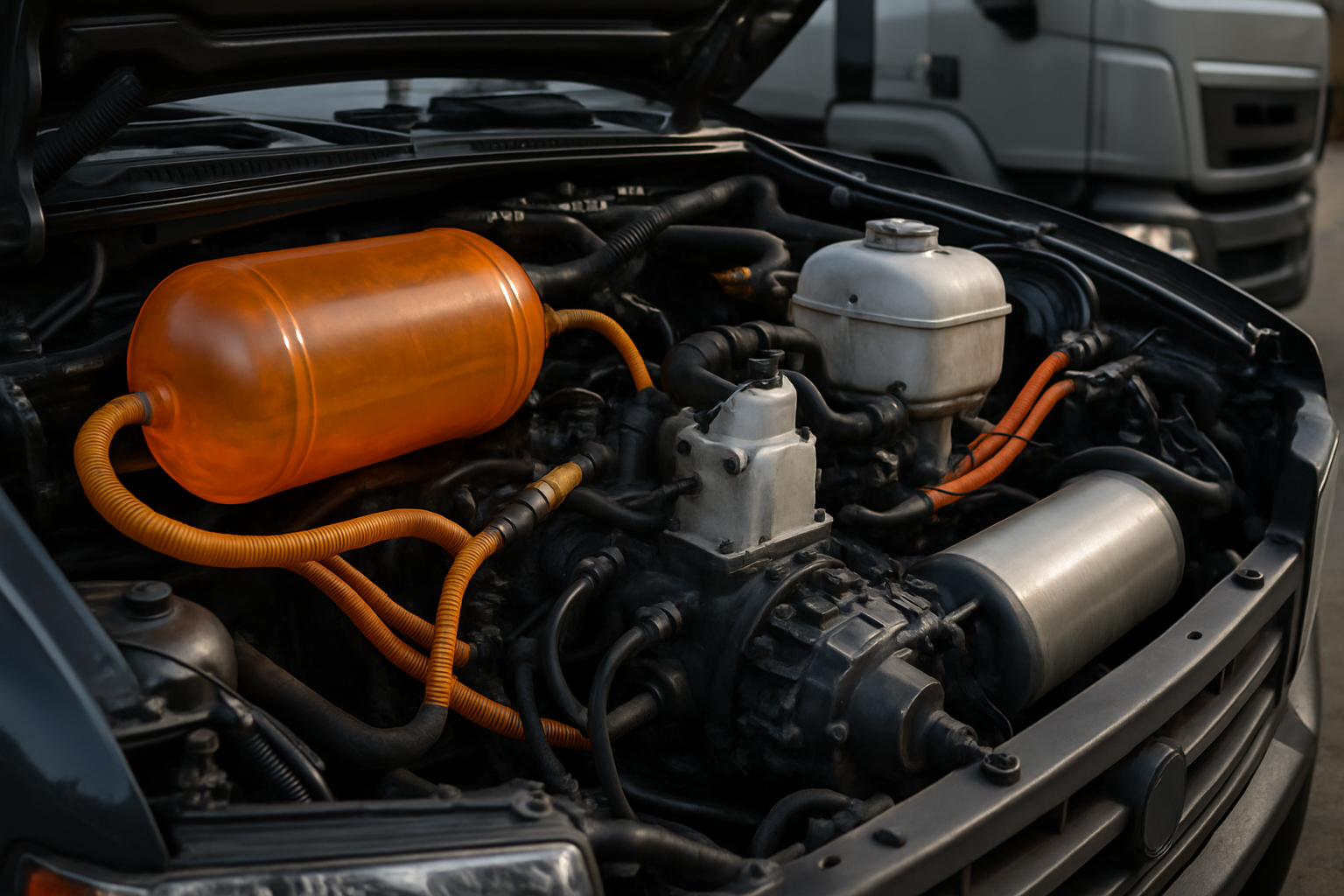Maximizing Efficiency with Powered Industrial Jacks
Powered industrial jacks, often known as electric pallet trucks, are essential equipment in many logistical and warehousing environments. These machines are designed to simplify the movement of heavy loads across various distances within a facility, significantly reducing manual labor and enhancing operational throughput. Understanding their capabilities and proper application can lead to substantial improvements in efficiency and safety for businesses handling a high volume of goods.
Understanding Electric Pallet Trucks and Their Purpose
Electric pallet trucks are motorized versions of traditional manual pallet jacks, engineered to transport palletized loads with minimal physical effort from the operator. These powered industrial jacks are critical for operations that require frequent movement of heavy items, such as in warehouses, distribution centers, manufacturing plants, and retail backrooms. They come in various configurations, including walkie, rider, and stand-up models, each suited for different operational needs and distances. The primary purpose of an electric pallet truck is to increase productivity and reduce the risk of worker injury associated with manually pulling or pushing heavy loads.
Key Advantages of Powered Industrial Jacks
The adoption of electric pallet trucks offers several significant benefits to businesses. Firstly, they drastically improve operational efficiency by enabling faster movement of goods compared to manual methods. This speed translates into quicker loading and unloading times, more efficient stock rotation, and overall enhanced workflow. Secondly, these machines contribute to a safer work environment by minimizing the physical strain on employees, thereby reducing the likelihood of musculoskeletal injuries. For operations in the United States, adhering to safety standards is paramount, and electric pallet trucks help achieve this by providing a controlled and powered means of transport. Their ergonomic design often includes features like power steering and intuitive controls, further enhancing user comfort and reducing fatigue.
Selecting the Right Electric Pallet Truck for Operations
Choosing the appropriate electric pallet truck involves evaluating several factors specific to an operation’s needs. Considerations include load capacity, battery life requirements, aisle width, and the type of terrain the truck will operate on. For facilities with narrow aisles, compact walkie models are often preferred, while larger warehouses might benefit from rider or stand-up electric pallet trucks for longer travel distances. The type of battery, such as lead-acid or lithium-ion, also plays a role, with lithium-ion offering faster charging and longer runtimes, which can be beneficial for high-intensity operations across the US. It is crucial to match the truck’s specifications with the tasks it will perform to ensure optimal performance and longevity.
Safety Considerations for Electric Pallet Truck Use
Operating electric pallet trucks safely is paramount to prevent accidents and injuries. Comprehensive operator training is a fundamental requirement, covering proper handling, load stability, maneuvering in confined spaces, and emergency procedures. Regular maintenance checks, including inspecting brakes, tires, and battery levels, are also vital to ensure the equipment remains in safe working condition. Establishing clear traffic lanes and pedestrian walkways within a facility can help prevent collisions. Additionally, ensuring that operators are aware of their surroundings and any potential hazards is crucial for a safe working environment when using electric pallet trucks.
Maintenance and Longevity of Electric Pallet Trucks
To ensure the long-term reliability and performance of electric pallet trucks, a consistent maintenance schedule is essential. This includes routine inspections of mechanical components, hydraulic systems, and electrical connections. Battery care is particularly important; proper charging practices, regular checks of electrolyte levels for lead-acid batteries, and monitoring battery health can significantly extend the lifespan of the power source. Adhering to manufacturer guidelines for service intervals and using genuine replacement parts are key practices. Proactive maintenance not only extends the life of the equipment but also helps in identifying potential issues before they lead to costly breakdowns, maintaining operational continuity for businesses utilizing electric pallet trucks across the United States.
| Product/Service | Provider | Cost Estimation |
|---|---|---|
| Entry-Level Walkie Electric Pallet Truck | XYZ Material Handling | $2,500 - $4,000 |
| Mid-Range Rider Electric Pallet Truck | ABC Equipment | $5,000 - $9,000 |
| Heavy-Duty Stand-Up Electric Pallet Truck | Global Lift Solutions | $10,000 - $20,000+ |
Prices, rates, or cost estimates mentioned in this article are based on the latest available information but may change over time. Independent research is advised before making financial decisions.
Understanding the Cost of Electric Pallet Trucks
The cost of electric pallet trucks can vary widely based on factors such as brand, model, load capacity, battery type, and additional features. Entry-level walkie models, designed for lighter loads and shorter distances, typically represent the most affordable option. Mid-range rider models offer increased speed and comfort for operators covering longer distances, leading to a higher investment. Heavy-duty stand-up models, built for continuous operation and significant load capacities, represent the higher end of the price spectrum. Beyond the initial purchase price, businesses must also consider ongoing operational costs, including battery charging, routine maintenance, and potential replacement parts. Investing in the right electric pallet truck for specific operational demands can provide long-term value through improved efficiency and reduced labor costs.
Electric pallet trucks represent a valuable investment for businesses aiming to enhance their material handling operations. Their ability to increase efficiency, improve safety, and reduce manual labor makes them a cornerstone of modern logistics. By carefully considering factors such as operational needs, safety protocols, and maintenance requirements, companies can effectively integrate these powered industrial jacks into their workflows, leading to more productive and secure environments.





